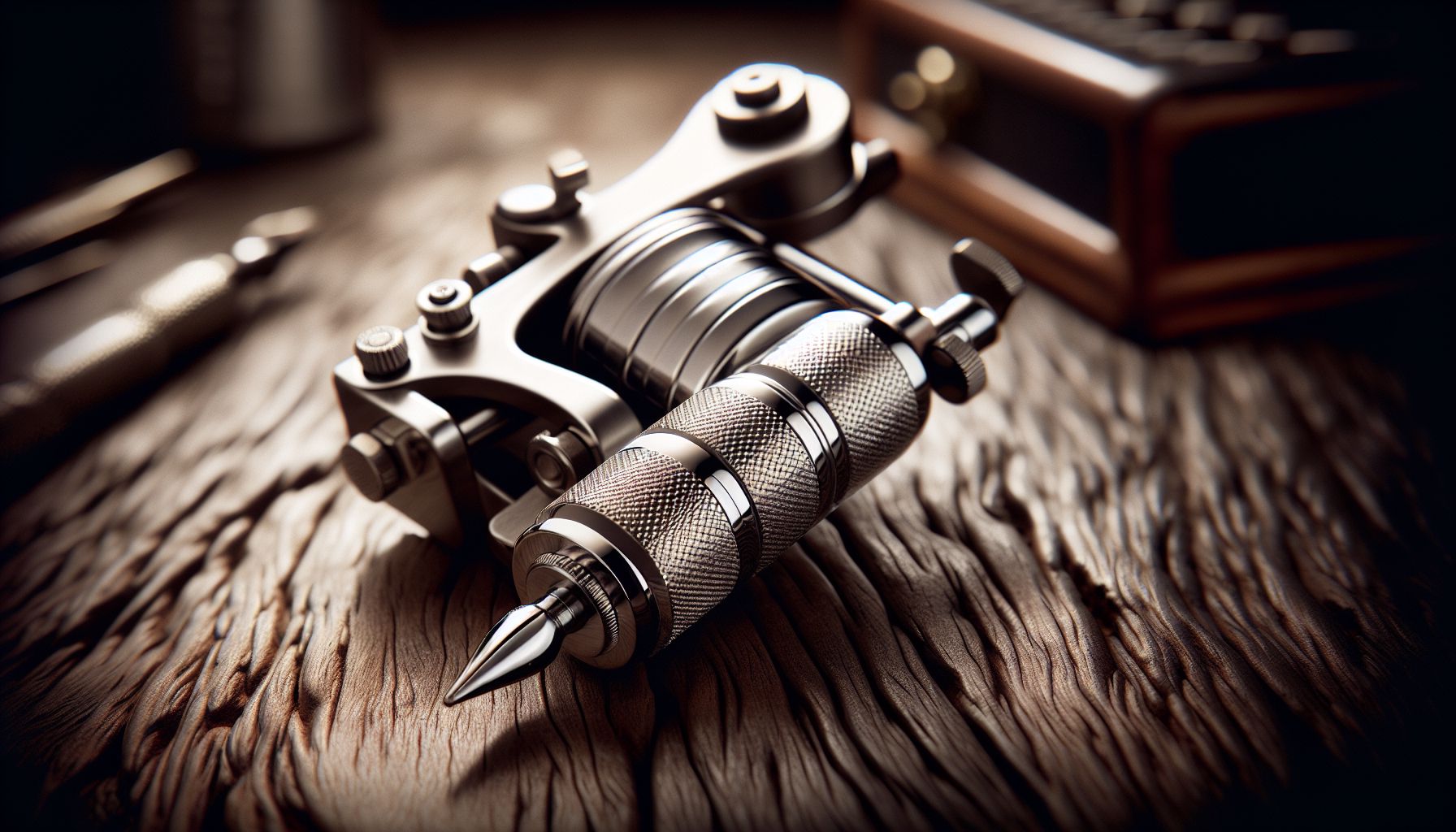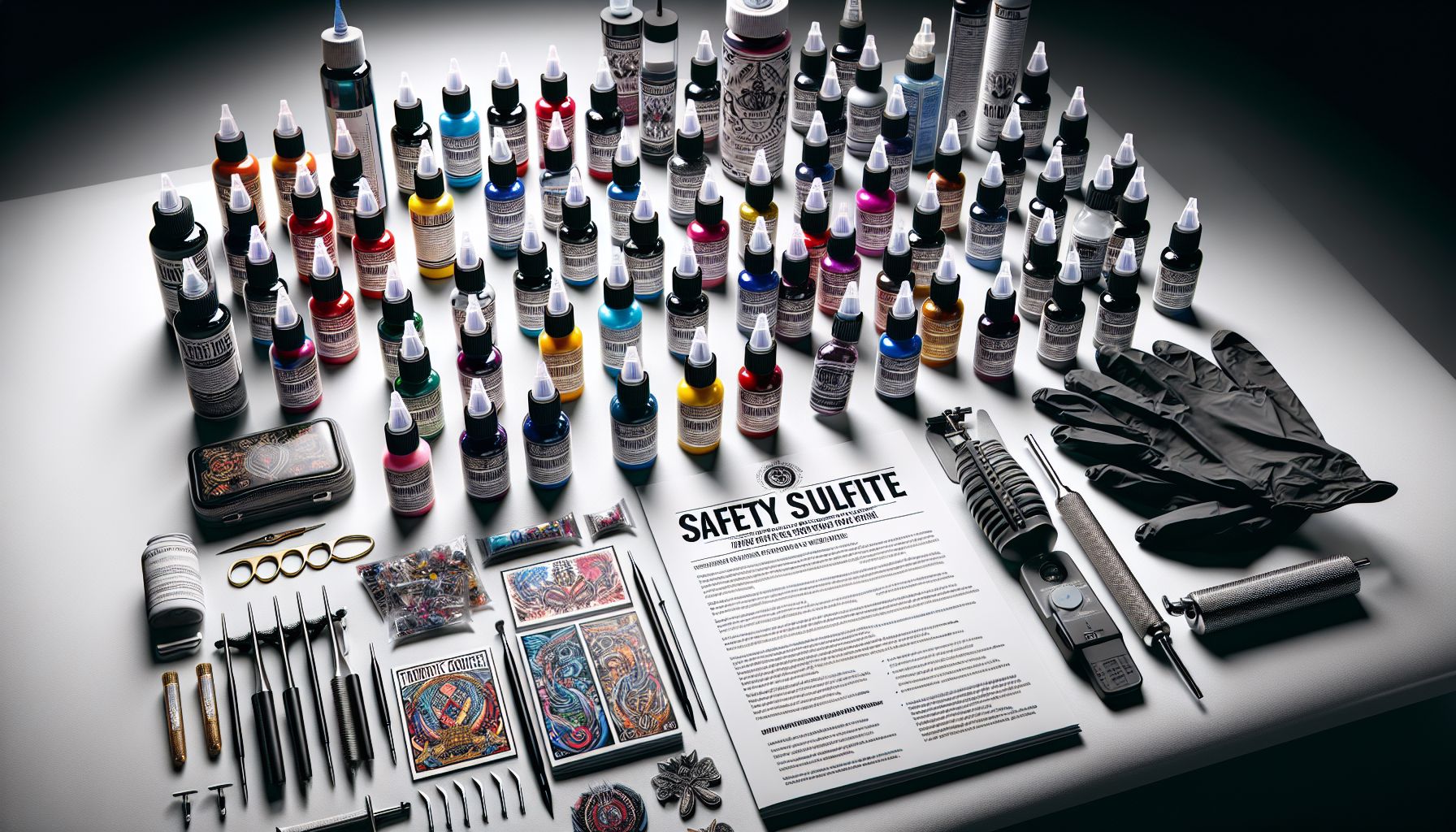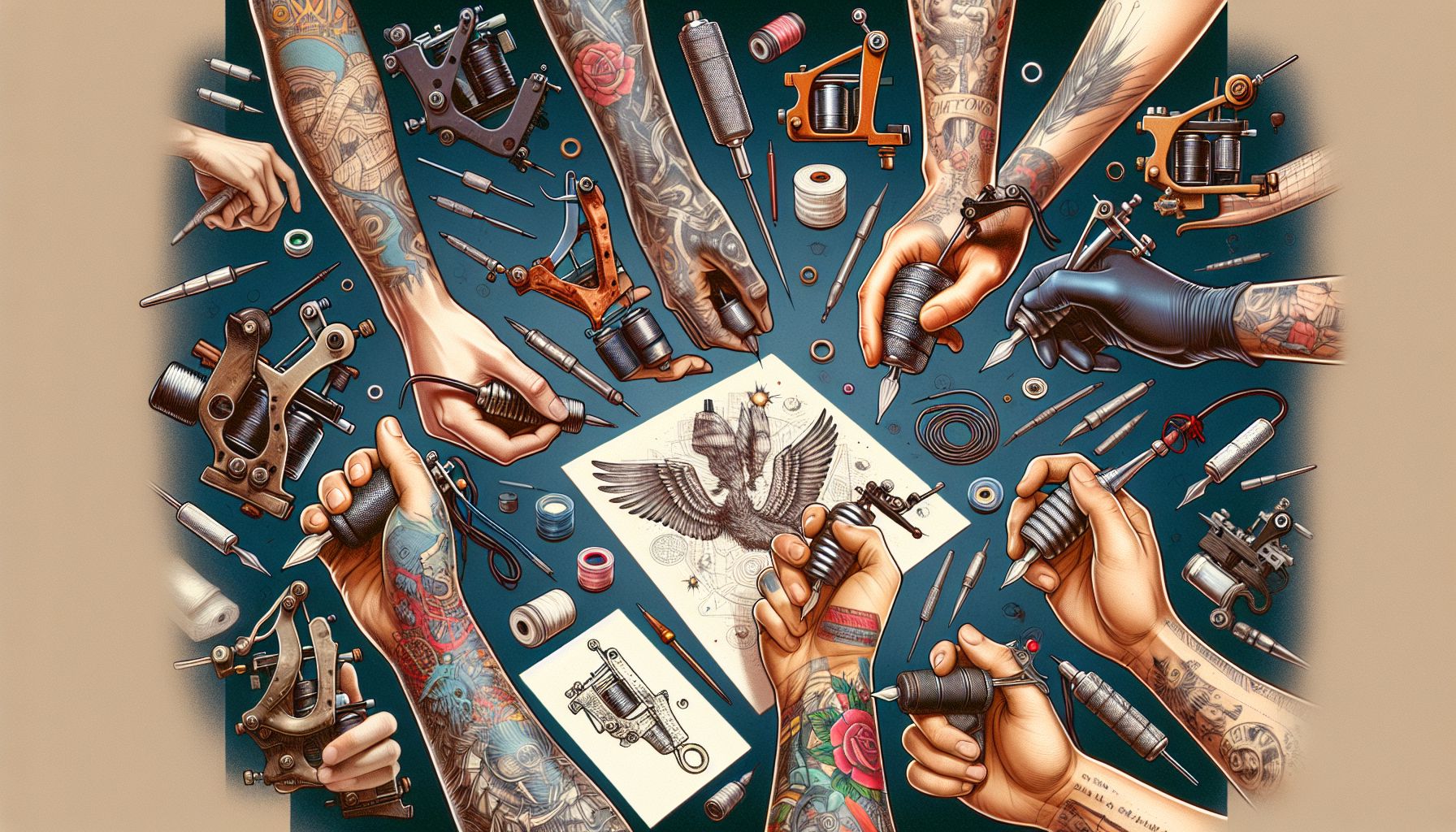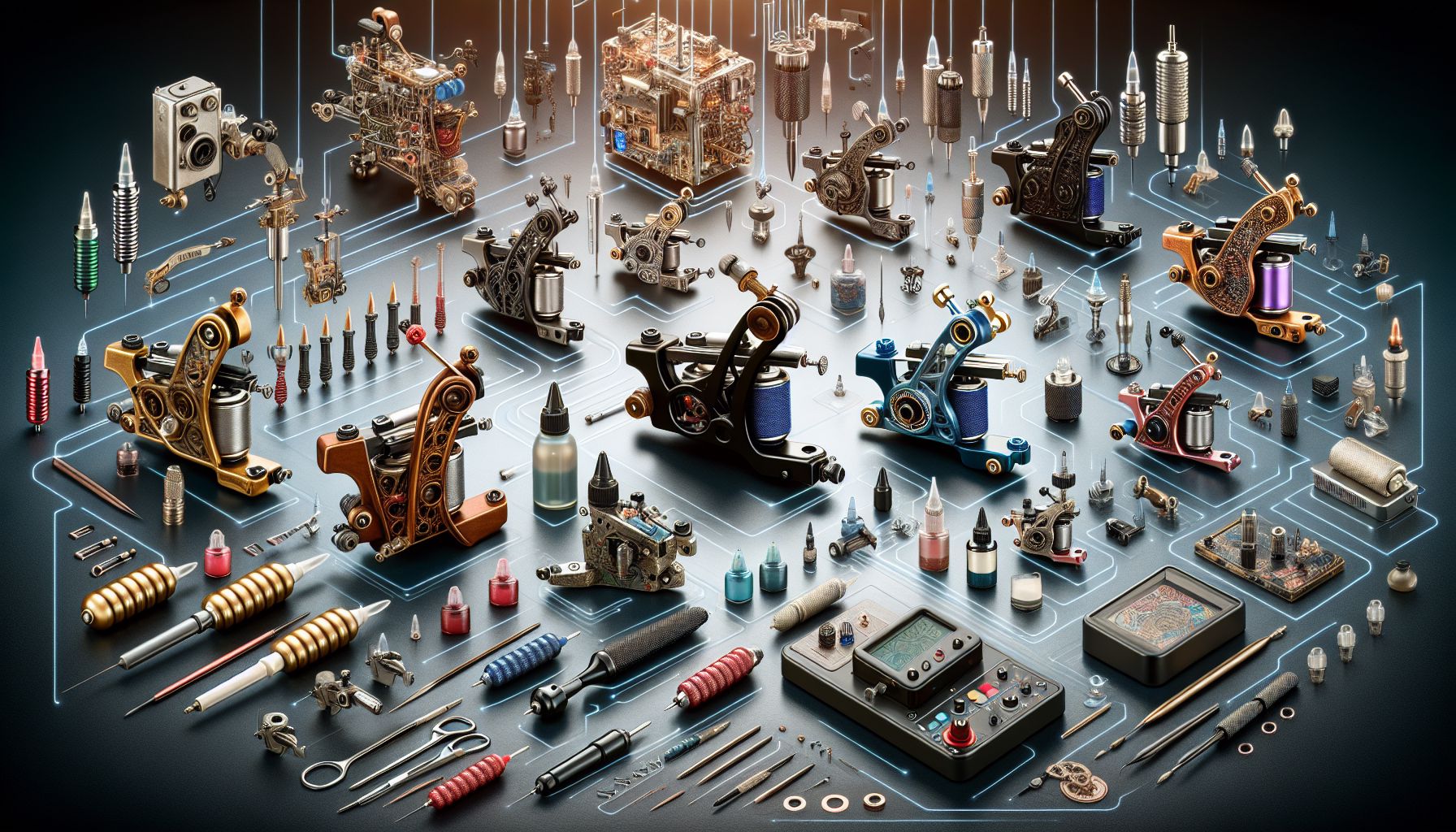The tattoo industry has, without a doubt, evolved significantly through the decades. In the same vein, tattoo supplies have seen a transformation that has both mirrored and fueled the expansion of the art form. Among these essentials, the innovative leap from traditional coil machines to the modern rotary tattoo machines epitomizes just how far our craft has come. Today, I’ll take you on a deep dive into the world of rotary tattoo machines, a pivotal tool every artist and shop should understand to its core.
In the early days of tattooing, options were limited. A coil tattoo machine dominated the scene, and while it certainly had its charms, there was always room for improvement. As I journeyed through my career, I distinctly recall the buzz around the introduction of the first rotary machines. Skepticism was rife, but so was excitement. Little did we know, this was a game-changer in disguise.
The Rotary Revolution
Rotary machines first turned heads due to their simplicity and efficiency. Unlike their coil counterparts, which operate through an electromagnet that physically drives the needle up and down, rotary machines use a precise motor to move the needle in a smoother, quieter fashion. This technology was not only an innovation in terms of mechanics but for the artist’s experience and productivity as well.
Quiet Power
One of the first advantages that drew me to rotary machines was the significant reduction in noise. If you’ve been around coil machines, you know they can sound like a dentist’s drill — not the most comforting of auditory experiences, especially for newcomers. Rotary machines, on the other hand, purr with a hum that’s music to the ears of both artists and clients. This shift alone has made tattoo studios a less intimidating environment for many.
Consistency is Key
When it comes to tattoo supplies, consistent performance can mean the difference between a good tattoo and an outstanding one. Rotary machines offer that consistency in spades. The motor ensures that each insertion of the needle is as perfect as the last, providing an unparalleled level of control. During my time working with these machines, I’ve found that such consistency prevents skin trauma, leading to quicker healing times and better ink saturation.
Versatility in Design
Rotary machines have a modular design that enables them to accommodate a wider range of needle configurations without having to switch out entire machines or parts. This adaptability has expanded my creative horizons, allowing me to switch from fine lines to shading with ease — something that would have been a cumbersome process with coil machines.
Ergonomics and Ease of Use
Anyone in the tattoo industry will tell you: tattooing can be tough on the body. Rotary machines are often lighter and easier to handle than their predecessors, which reduces hand and arm fatigue. This ergonomic aspect has allowed me to extend my tattooing sessions without the usual strain, transforming how I approach my craft on a day-to-day basis.
Keeping Up with Advances
As rotary tattoo machines continue to evolve, so too do the options they offer. From variations in motors to those that emulate the hit of coil machines, there’s a rotary out there to suit almost any artist’s preference. My advice, gleaned from tinkering with a plethora of models, is to research and, if possible, test different machines to find what complements your style.
Personal Anecdotes
Throughout my career, transitioning to rotary machines has been a highlight. I recall a particular session where a client, previously tattooed with a coil machine, marveled at the lack of discomfort. This feedback was a testament to the gentle efficiency of rotary machines. Another moment was when experimenting with different voltage settings allowed me to achieve effects I had only dreamed of with traditional machines.
Selecting Your Rotary Machine
Educated decisions are central to purchasing the right tattoo supplies. When considering a rotary machine, look for reputable brands and read up on artists’ reviews. Ensure it supports the types of needles you prefer and feels comfortable in your hand. A higher price doesn’t always correlate with quality, but investment in a solid machine pays dividends in the quality of your work and your reputation.
Conclusion
The story of rotary tattoo machines is also the story of our capacity for improvement and innovation. Their development has propelled tattooing into the future, offering artists and clients an experience that surpasses what was once considered state-of-the-art. For those of us embedded in the ink-drenched fibers of the tattoo world, embracing these changes is part and parcel of our evolution as artists.
Whether you are a fledgling artist just starting to explore the landscape of tattoo supplies or a seasoned shop owner with years of ink under your belt, understanding the role of rotary tattoo machines is crucial. It’s not just a tool; it’s a bridge to new possibilities in artistry and customer satisfaction. The revolution of rotary machines shows no signs of stopping, and I, for one, am here for every turn of the needle.



